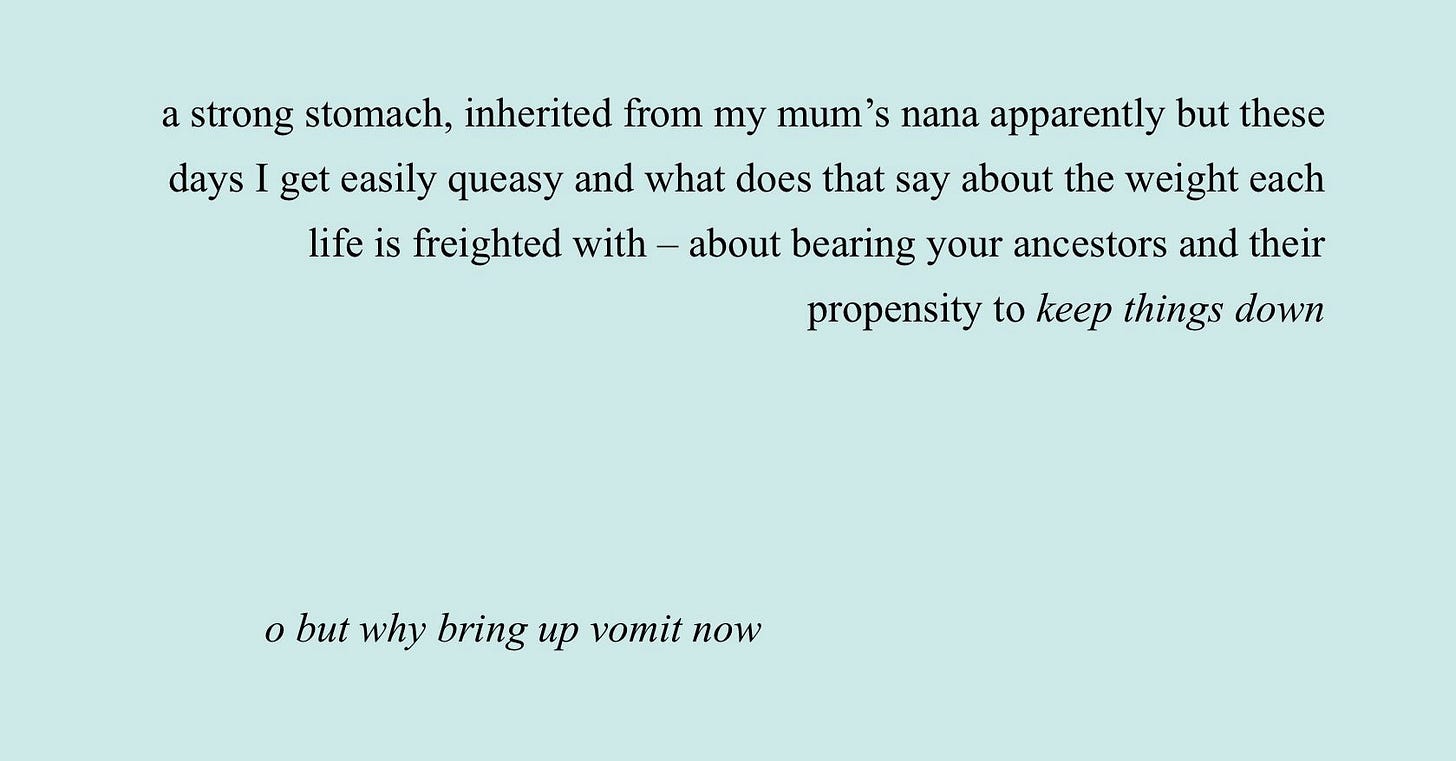Around this time last year I attended a brilliant, ambitious and delightfully weird one-day colloquium on creative criticism, organised by Joe Moshenska and Iris Pearson at the University of Oxford as part of their ongoing project ‘Creating Criticism’. The colloquium and its resultant publication explore what Moshenska and Pearson term the “core question” of the creative-critical mode, which must be “asked anew every time we write”: “what might I make in response to another’s act of making?”
I find this an enervating question and one which motivates much of the critical element of my PhD in creative writing. The creative writing PhD structure differs department by department; where I’m based, at the University of Glasgow, the program is technically called a Doctorate of Fine Arts (DFA) but in practice this doesn’t mean much is substantially different about the work I hand in for my thesis. It will likely be made up of a novel (around 80,000 words) and a creative-critical essay (around 20,000 words). The essay is not an exegesis of the novel but instead allows for another mode of interrogating my research questions. There’s no requirement to engage in creative-critical work; many people will submit a more ‘traditionally’ academic critical piece alongside their creative work. However, I’m interested in the opportunities the creative-critical mode offers.
Creative-critical work is formally promiscuous, and difficult to define. It can also feel somewhat insecure. In academic circles it can be regarded as less rigorous or scholarly than writing which subscribes to more traditional academic registers/conventions; in creative spaces it may appear dense, difficult or jargon-heavy. I’m still finding the right voice for my critical essay, one which allows for subjectivity and positionality whilst elucidating clearly the intellectual problems my research thinks through. This process has largely involved writing experimental, essay-ish texts which feel formally or tonally confused and then trying to locate the source of the confusion. Often, it’s in the balance between lyric and narrative expression, the function and location of the ‘I’ voice, and the movement between the abstract and the specific.
Central to creative-critical investigation is the question of response. How can our responses demonstrate something with their form which furthers the questions and arguments of their content? Sometimes this can be achieved through style alone; try writing in the style of, say, Dickens, and it becomes quickly apparent what the specific tenets of his prose style are. During my Masters degree I took a module run by Thomas Karshan called Ludic Literature, in which we were asked to rewrite passages of text by one famous stylist using the prose style of another. This is a form of Renaissance pedagogical theory, which allows for learning-through-doing via imitative writing. The example that sticks in my mind was rewriting Hemingway in the style of Henry James; their opposite grammar clarified itself as we wrote.
At the moment I’m working on how to integrate diaristic writing into my critical essay, again playing with the balance between the different registers and styles that occur across my own written output. After the Oxford colloquium, we were invited to submit a response text engaging with the writing and thinking from the day. A field report collating the keynote, presentations and written responses has been collated and published on creativecritical.net. I’ve linked to my own piece ‘expulsion’ here if you’d like to read it. It’s an experimental piece which questions, amongst other things, the material/intellectual/generic boundaries of written texts, and attempts to account for the place of the body in academic discourse. Perhaps you can tell that I’d not slept an unbroken night in many, many months and was still breastfeeding a wriggly toddler when it was written. It references notes taken during the colloquium and I wrote it quickly, trying to find a way of capturing the fluid movement of thought that I find is often lost between note-taking and a final draft – making space in the text for something open and formally uncertain.




